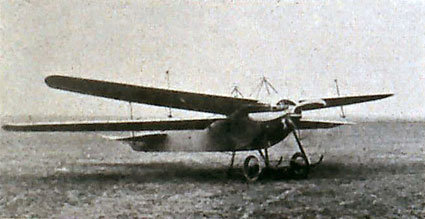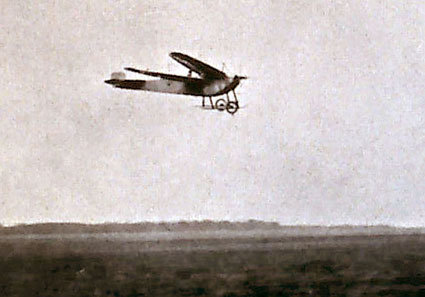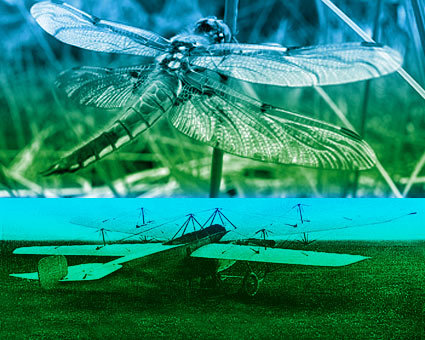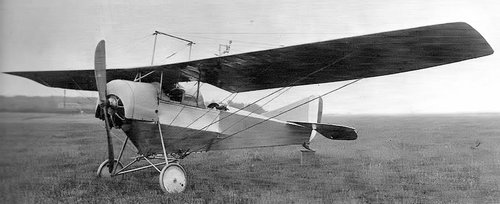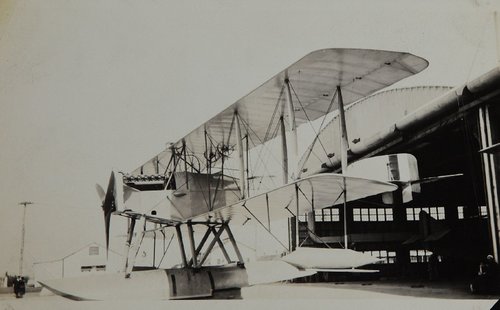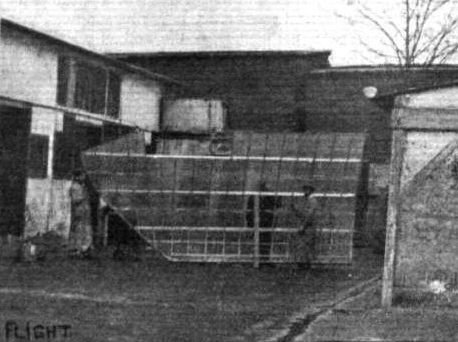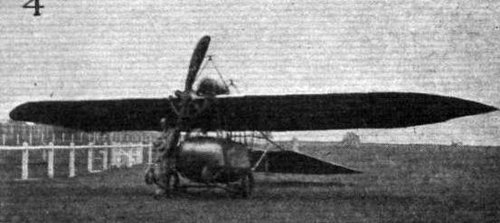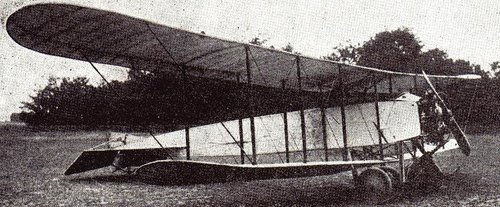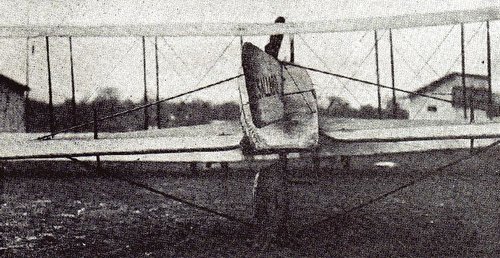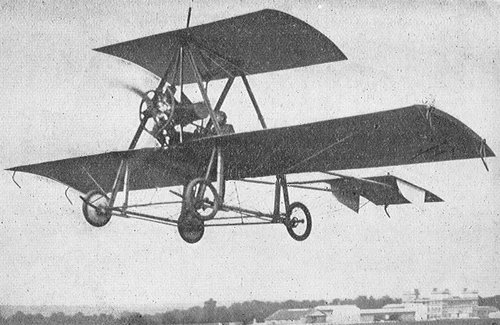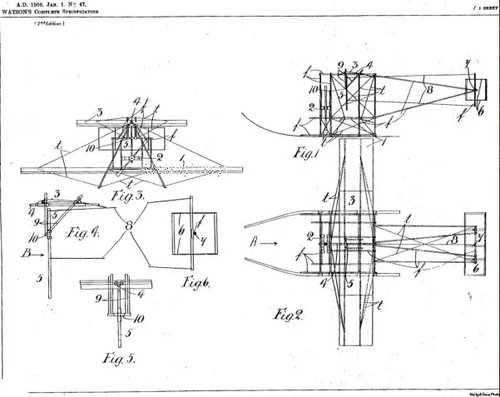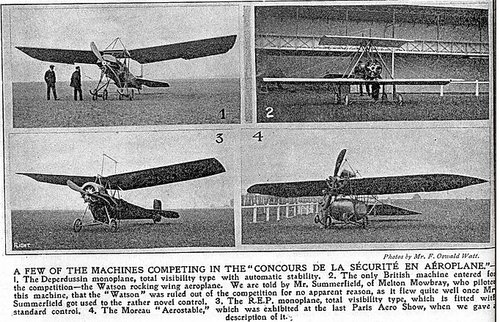Bonamy aeroplane
An overly literal interpretation of "Ferber's theory of the three Vs on aircraft stability: the 1st V was positive dihedral; the 2d V was sweepback on the mainplanes; the third V was positive incidence on the mainplane, negative incidence on the tailplane." One wing for each "V"...
REP Vision Totale Parasol
Hanriot Concours de Securite
Detable et Tabary design (with automatic stabilisers)
De Monge modified Deperdussin
Sallard biplane (throttle used as backup for elevator failure, with natural stability)
Watson No.3 with rocking wing control surface:
"My machine is almost 'fool-proof,' for, as has been shown, only one single movement must be made to preserve lateral equilibrium and to steer. This consists of a transverse movement of the lever. The elevator is controlled by a fore and aft movement of the same lever. The pilot, by rocking the upper plane, gradually rocks the main plane until the circular flight is being made as quickly as he desires, and the turn then takes place without requiring any other attention on the part of the pilot. In fact, this apparatus possesses the advantages of the bird's flight and requires little power on the part of the pilot. The equilibrium is natural compared to the forced equilibrium of the warping wing machine."
Moreau monoplane
"He was inspired by de Perthuis' theory of pendulum stability when he built his first powered machine in 1909. It was a monoplane, with a steel tube fuselage; the wing rested on the open - frame fuselage, and a large triangular tail surface give the plan view the appearance of a pigeon. Within the fuselage frame the pilot and passenger seat, side by side, encased in an aluminum car, was suspended from a fore-and-aft pivot. The aeroplane could fly normally with the car locked; when it was free to swing, the elevators were engaged and moved automatically to counter the swing."
















